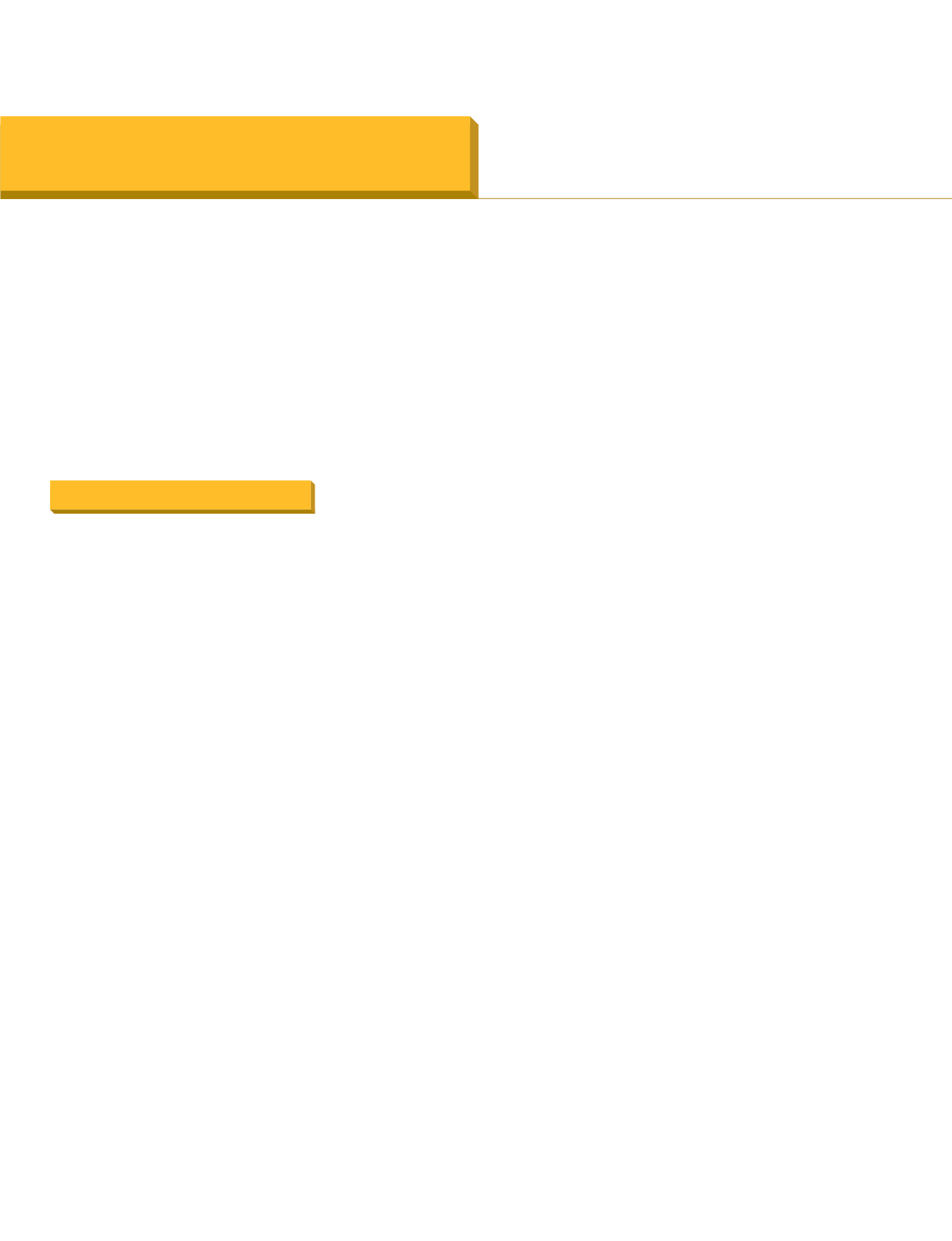
VAKIFBANK
ANNUAL REPORT 2015
54
Like the previous year, 2015 was a period
when developments in global monetary policy
from May 2013 onwards were the main factor
underlying the trajectory of the financial
markets. The repricing of almost all financial
assets on a global scale continued, while global
growth worries continued to play a crucial role
in world markets. The Fed’s forward guidance
as regards the timing and tempo of the rate
hike was one of the key factors for the financial
markets in 2015. Market fluctuations seemed to
ease partially owing to the perception that the
rate hike expected for the third quarter would
be delayed, the ECB’s decision to continue
quantitative easing, and the People’s Bank of
China’s new measures to prop up the economy;
however, the clear US economic recovery
suggested by indicators such as employment
increased anticipations of a rate hike in the
fourth quarter. At its december meeting, the
Fed raised rates by 25 basis points for the first
time since 2006, to the interval of 0.25-0.50%.
The decision resulted in the relative relaxation
of the markets since the Bank had provided
ample forward guidance in the run up to the
rate hike and the rate hike was already priced
by the markets. Nevertheless it is expected that
the number, tempo and volume of possible rate
hikes in the year 2016 will be at the top of the
global markets’ agenda.
The recovery of the European economies
continued at a slow tempo throughout the
year, and at its last meeting for the year,
the ECB announced a new quantitative
easing scheme, which however failed to
meet expectations fully. The Bank extended
its quantitative easing program for longer
than anticipated, and the drop in the
deposit rate was in line with expectations;
however, there was no change in the
volume of the monthly bond-buying
program. As a result, the Euro started to
appreciate against other currencies during
the end of the year, in contrast to its
depreciation throughout the year.
The Chinese economy continues its slowdown,
which reflects in weaker foreign trade figures,
as well as downtrend in commodity prices and
the world trade. These drops in commodity
prices trigger capital outflow from emerging
countries dependent on commodity exports,
create pressure on their currencies and inflation
rates, and in general have an adverse impact on
emerging markets.
In the final months of the year, the OPEC’s
decision to keep its oil supply unchanged, oil
producing countries efforts’ to preserve their
market shares, the appreciation of the US dollar,
and the US Senate’s decision to lift the previous
ban on oil exports resulted in a downtrend in oil
prices.
Emerging economies generally struggled to
grow in 2015. Of countries which played a key
role in world economic growth in recent years,
Chinese and Indian economies continued to lose
steam, and commodity exporters like Brazil,
South Africa and Russia experienced a much
more remarkable contraction. Emerging market
currencies lost significant value in 2015, and the
Turkish lira was seen to move more or less in
parallel with these currencies.
The delayed effects of the exchange rate and
the rise in food prices had a negative impact
on inflation, while core inflation remained high.
On the other hand, the drop in import prices
partially compensated for the exchange rate’s
adverse impact on inflation.
TREASURY MANAGEMENT
Treasury Marketing and Sales Department
offers a wide range of services to customers
from all segments.
REVIEW OF OPERATIONS IN 2015
WHICH BROADENS SAVINGS AWARENESS
THE RELIABLE BANK


